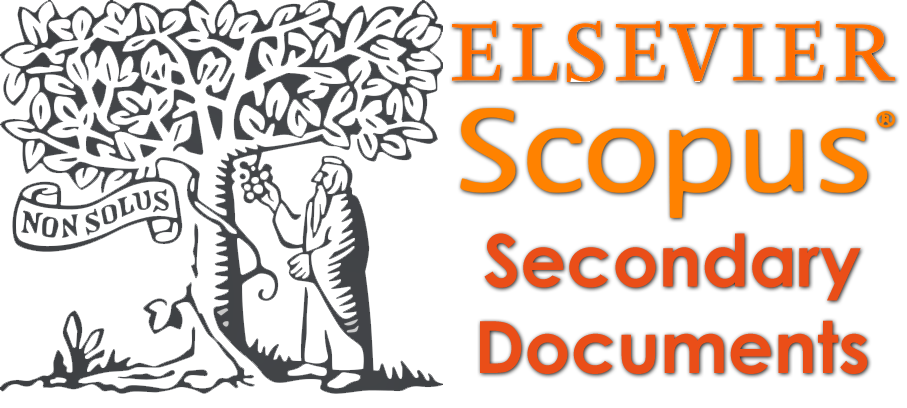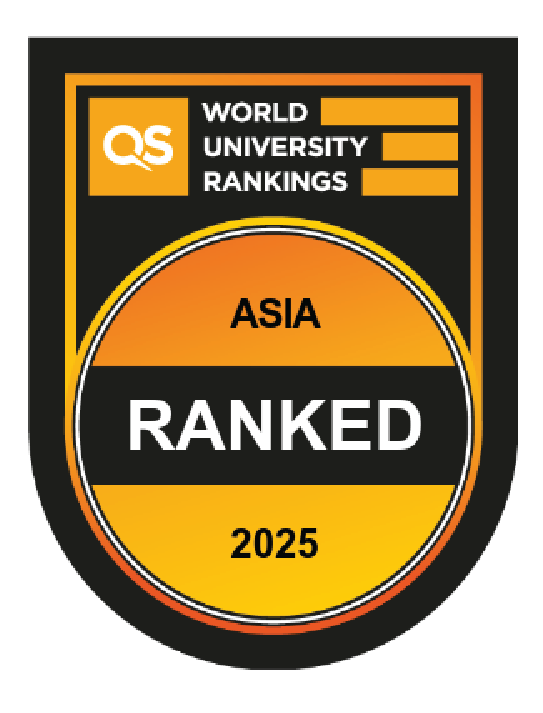Dynamic and Static Handwriting Assessment in Parkinson's Disease: A Synergistic Approach with C-Bi-GRU and VGG19
DOI:
https://doi.org/10.33633/jcta.v1i2.9469Keywords:
Handwriting analysis, LSTM, Parkinson's disease, Medical diagnostics and machine learning, RNNAbstract
Parkinson's disease (PD) is a neurodegenerative disorder causing a decline in dopamine levels, impacting the peripheral nervous system and motor functions. Current detection methods often identify PD at advanced stages. This study addresses early-stage detection using handwriting analysis, specifically exploring the PaHaW dataset for pen pressure and stroke movement data. Evaluating online and offline features, the research employs pre-trained CNN models (VGG 19 and AlexNet) for offline datasets, achieving an overall accuracy of 0.53. For online datasets, velocity, and acceleration features are extracted and classified using Gated Recurrent Unit (GRU), Long Short-Term Memory (LSTM), and recurrent neural networks (RNN), with GRU yielding the highest accuracy at 0.57. Notably, the convolution-based model C-Bi-GRU surpasses other architectures with a remarkable 0.75 accuracy, emphasizing its efficacy in early PD detection. These findings underscore the potential of handwriting analysis as a diagnostic tool for PD, contributing valuable insights for further research and development in medical diagnostics.References
C. Themistokleous, E. Bagnoli, R. Parulekar, and M. M. K. Muqit, “Role of Autophagy Pathway in Parkinson’s Disease and Related Genetic Neurological Disorders,” J. Mol. Biol., vol. 435, no. 12, p. 168144, Jun. 2023, doi: 10.1016/j.jmb.2023.168144.
R. Fadil et al., “The Effect of Skeletal Muscle-Pump on Blood Pressure and Postural Control in Parkinson’s Disease,” Cardiovasc. Eng. Technol., Sep. 2023, doi: 10.1007/s13239-023-00685-z.
M. Moetesum, I. Siddiqi, N. Vincent, and F. Cloppet, “Assessing visual attributes of handwriting for prediction of neurological disorders—A case study on Parkinson’s disease,” Pattern Recognit. Lett., vol. 121, pp. 19–27, Apr. 2019, doi: 10.1016/j.patrec.2018.04.008.
P. Drotar, J. Mekyska, I. Rektorova, L. Masarova, Z. Smekal, and M. Faundez-Zanuy, “A new modality for quantitative evaluation of Parkinson’s disease: In-air movement,” in 13th IEEE International Conference on BioInformatics and BioEngineering, Nov. 2013, pp. 1–4. doi: 10.1109/BIBE.2013.6701692.
D. Impedovo, G. Pirlo, and G. Vessio, “Dynamic Handwriting Analysis for Supporting Earlier Parkinson’s Disease Diagnosis,” Information, vol. 9, no. 10, p. 247, Oct. 2018, doi: 10.3390/info9100247.
P. Khatamino, I. Canturk, and L. Ozyilmaz, “A Deep Learning-CNN Based System for Medical Diagnosis: An Application on Parkinson’s Disease Handwriting Drawings,” in 2018 6th International Conference on Control Engineering & Information Technology (CEIT), Oct. 2018, pp. 1–6. doi: 10.1109/CEIT.2018.8751879.
N. D. Cilia, C. De Stefano, F. Fontanella, and S. M. Siniscalchi, “How word semantics and phonology affect handwriting of Alzheimer’s patients: a machine learning based analysis,” Jul. 2023, [Online]. Available: http://arxiv.org/abs/2307.04762
M. A. B. S. Akhonda et al., “The Effect of the Human Brainstem Myelination on Gait Speed in Normative Aging,” Journals Gerontol. Ser. A, vol. 78, no. 12, pp. 2214–2221, Dec. 2023, doi: 10.1093/gerona/glad193.
S. Bhachawat, E. Shriram, K. Srinivasan, and Y.-C. Hu, “Leveraging Computational Intelligence Techniques for Diagnosing Degenerative Nerve Diseases: A Comprehensive Review, Open Challenges, and Future Research Directions,” Diagnostics, vol. 13, no. 2, p. 288, Jan. 2023, doi: 10.3390/diagnostics13020288.
A. Bensefia, T. Paquet, and L. Heutte, “A writer identification and verification system,” Pattern Recognit. Lett., vol. 26, no. 13, pp. 2080–2092, Oct. 2005, doi: 10.1016/j.patrec.2005.03.024.
C. Djeddi, I. Siddiqi, L. Souici-Meslati, and A. Ennaji, “Codebook for Writer Characterization: A Vocabulary of Patterns or a Mere Representation Space?,” in 2013 12th International Conference on Document Analysis and Recognition, Aug. 2013, pp. 423–427. doi: 10.1109/ICDAR.2013.92.
I. Siddiqi, C. Djeddi, A. Raza, and L. Souici-meslati, “Automatic analysis of handwriting for gender classification,” Pattern Anal. Appl., vol. 18, no. 4, pp. 887–899, Nov. 2015, doi: 10.1007/s10044-014-0371-0.
M. Liwicki, A. Schlapbach, P. Loretan, and H. Bunke, “Automatic detection of gender and handedness from on-line handwriting,” in Proc. 13th Conf. of the Graphonomics Society, 2007, pp. 179–183. [Online]. Available: https://api.semanticscholar.org/CorpusID:18146357
J. Jankovic, “Parkinson’s disease: clinical features and diagnosis,” J. Neurol. Neurosurg. Psychiatry, vol. 79, no. 4, pp. 368–376, Apr. 2008, doi: 10.1136/jnnp.2007.131045.
B. E. Sakar et al., “Collection and Analysis of a Parkinson Speech Dataset With Multiple Types of Sound Recordings,” IEEE J. Biomed. Heal. Informatics, vol. 17, no. 4, pp. 828–834, Jul. 2013, doi: 10.1109/JBHI.2013.2245674.
M. Hariharan, K. Polat, and R. Sindhu, “A new hybrid intelligent system for accurate detection of Parkinson’s disease,” Comput. Methods Programs Biomed., vol. 113, no. 3, pp. 904–913, Mar. 2014, doi: 10.1016/j.cmpb.2014.01.004.
K. Niazmand, K. Tonn, A. Kalaras, U. M. Fietzek, J. H. Mehrkens, and T. C. Lueth, “Quantitative evaluation of Parkinson’s disease using sensor based smart glove,” in 2011 24th International Symposium on Computer-Based Medical Systems (CBMS), Jun. 2011, pp. 1–8. doi: 10.1109/CBMS.2011.5999113.
U. Hayat, Z. Iqbal, A. Mumtaz, and S. Abbas, “Machine Learning Technique to Monitor Heartbeat using Amalgamated Data of Multi-Sensor Stream,” in 2023 International Conference on Communication, Computing and Digital Systems (C-CODE), May 2023, pp. 1–6. doi: 10.1109/C-CODE58145.2023.10139869.
C. R. Pereira et al., “A Step Towards the Automated Diagnosis of Parkinson’s Disease: Analyzing Handwriting Movements,” in 2015 IEEE 28th International Symposium on Computer-Based Medical Systems, Jun. 2015, pp. 171–176. doi: 10.1109/CBMS.2015.34.
M. Yasir, U. Hayat, A. U. Rahman, and F. Riaz, “Classification and Detection of Glioblastoma Tumor from MRI Images,” in 2021 International Bhurban Conference on Applied Sciences and Technologies (IBCAST), Jan. 2021, pp. 322–327. doi: 10.1109/IBCAST51254.2021.9393176.
A. S. Mohamad, R. Hamzah, A. S. Mokhtar, and J. Sathar, “Sickle cell disease verification via sobel edge algorithms for image processing,” in 2017 International Conference on Engineering Technology and Technopreneurship (ICE2T), Sep. 2017, pp. 1–4. doi: 10.1109/ICE2T.2017.8215994.
T.-W. Wu, H. Zhang, W. Peng, F. Lü, and P.-J. He, “Applications of convolutional neural networks for intelligent waste identification and recycling: A review,” Resour. Conserv. Recycl., vol. 190, p. 106813, Mar. 2023, doi: 10.1016/j.resconrec.2022.106813.
J. P. Bharadiya, “Convolutional Neural Networks for Image Classification,” Int. J. Innov. Sci. Res. Technol., vol. 8, no. 5, pp. 673–677, 2023, doi: 10.1109/ICAICE54393.2021.00073.
Q. Zhang, J. Xiao, C. Tian, J. Chun?Wei Lin, and S. Zhang, “A robust deformed convolutional neural network (CNN) for image denoising,” CAAI Trans. Intell. Technol., vol. 8, no. 2, pp. 331–342, Jun. 2023, doi: 10.1049/cit2.12110.
M. Bhuvaneshwari and E. G. M. Kanaga, “Convolutional Neural Network for Addiction Detection using Improved Activation Function,” in 2021 5th International Conference on Computing Methodologies and Communication (ICCMC), Apr. 2021, pp. 996–1000. doi: 10.1109/ICCMC51019.2021.9418022.
A. Chandrasekar, S. Zhang, and P. Mhaskar, “A Hybrid Hubspace-RNN based approach for Modelling of Non-Linear Batch Processes,” Chem. Eng. Sci., vol. 281, p. 119118, Nov. 2023, doi: 10.1016/j.ces.2023.119118.
H. Gholami, A. Mohammadifar, S. Golzari, Y. Song, and B. Pradhan, “Interpretability of simple RNN and GRU deep learning models used to map land susceptibility to gully erosion,” Sci. Total Environ., vol. 904, p. 166960, Dec. 2023, doi: 10.1016/j.scitotenv.2023.166960.
P. Drotár, J. Mekyska, I. Rektorová, L. Masarová, Z. Smékal, and M. Faundez-Zanuy, “Evaluation of handwriting kinematics and pressure for differential diagnosis of Parkinson’s disease,” Artif. Intell. Med., vol. 67, pp. 39–46, Feb. 2016, doi: 10.1016/j.artmed.2016.01.004.
Downloads
Published
How to Cite
Issue
Section
License
Copyright (c) 2023 Sohaib Ali; Adeel Hashmi; Ali Hamza; Umar Hayat4; Hamza Younis

This work is licensed under a Creative Commons Attribution 4.0 International License.















